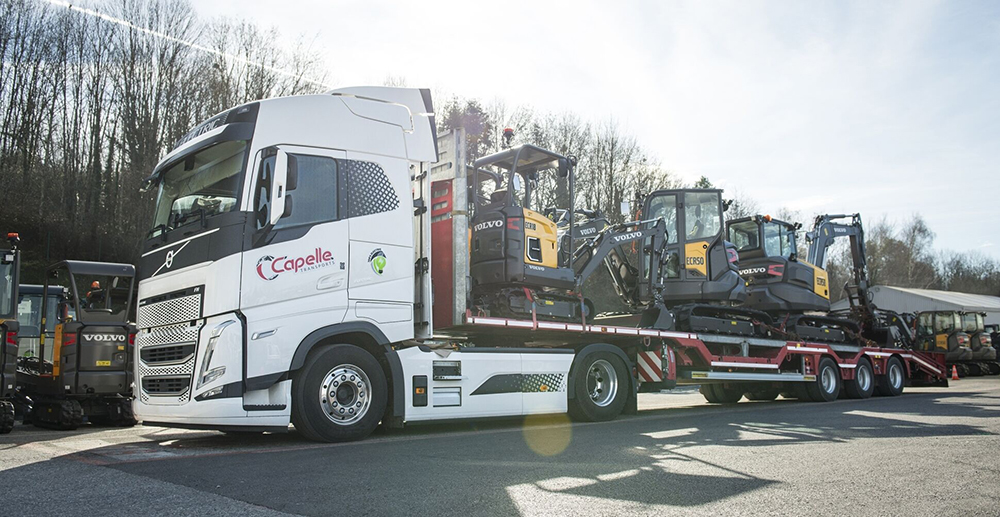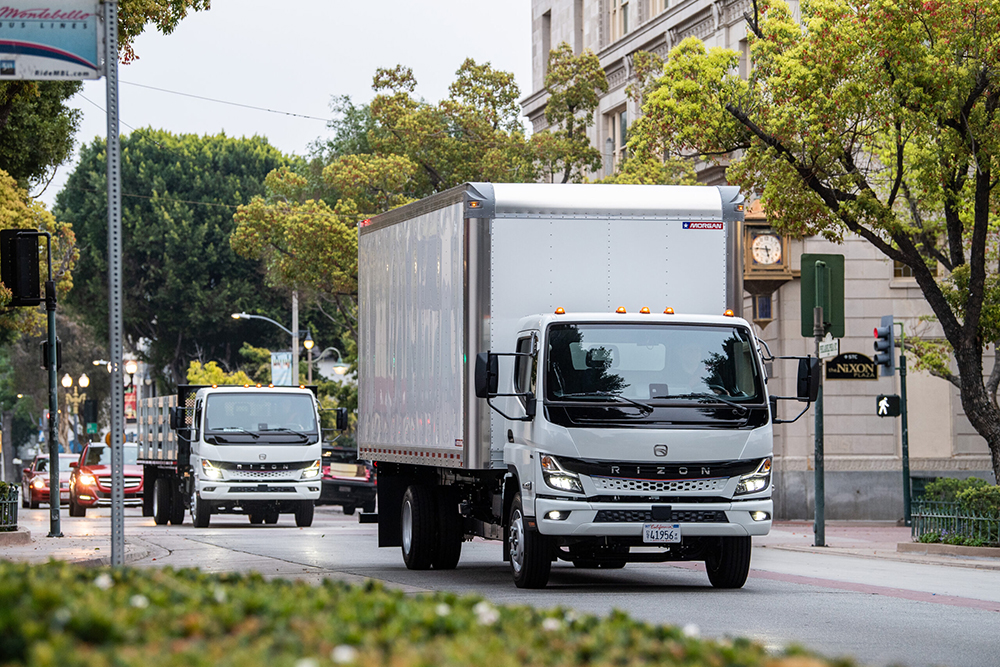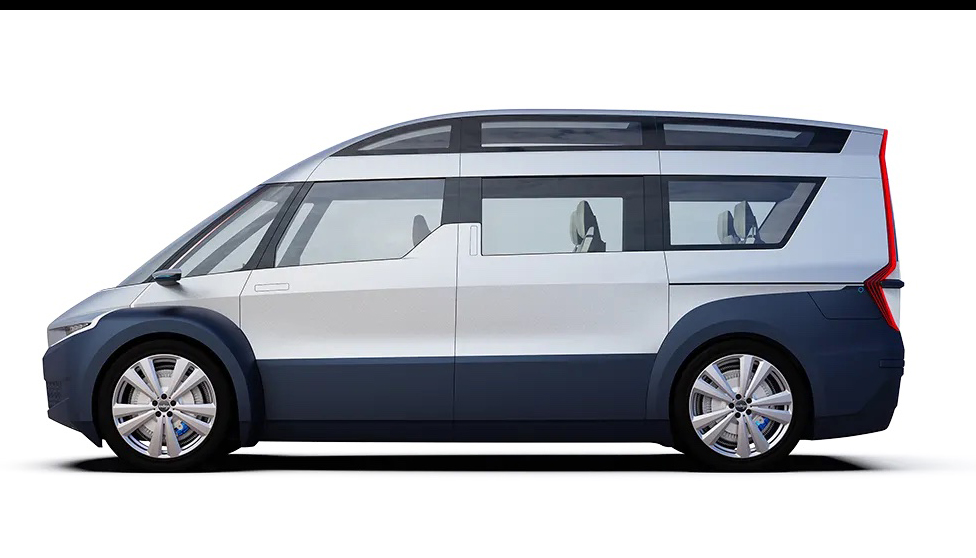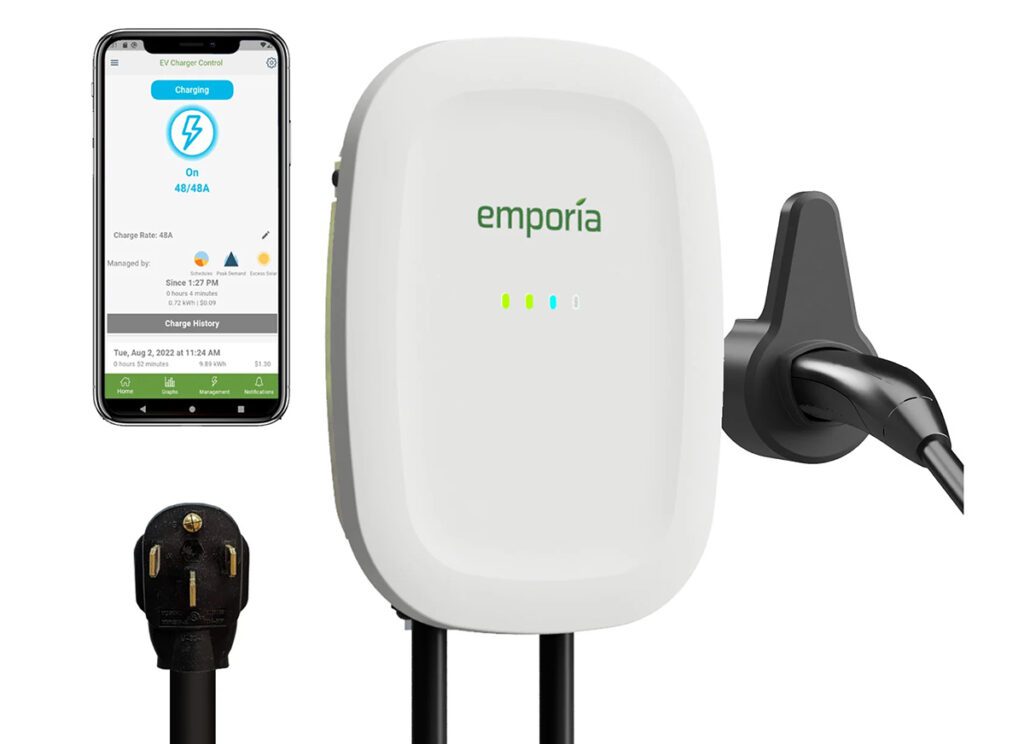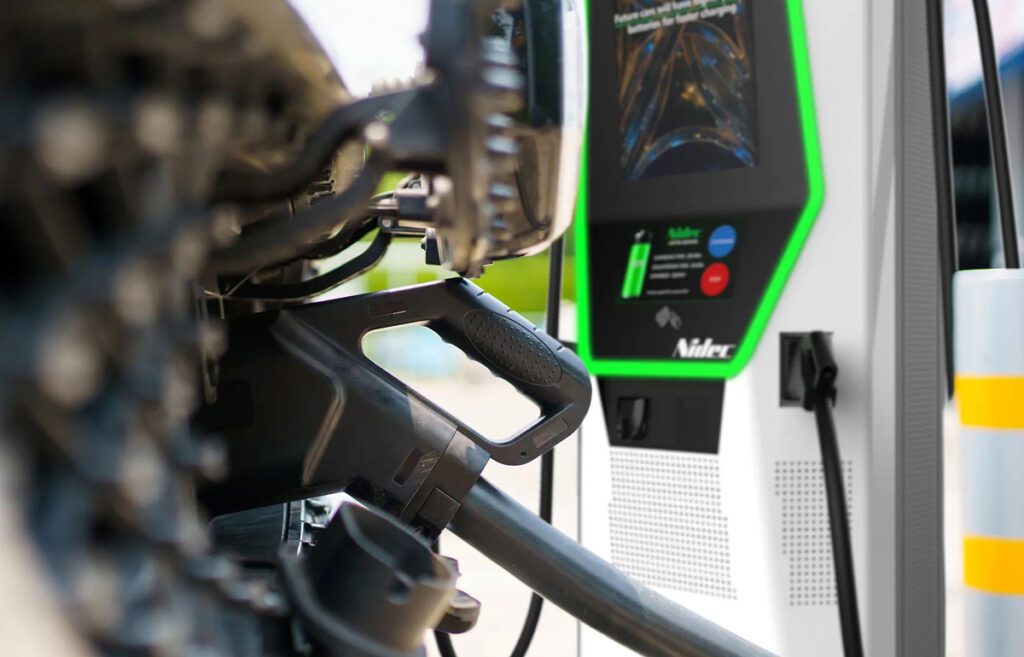A new analysis from the California Energy Commission (CEC) predicts that the state will need nearly 1.2 million public and shared chargers by 2030 to meet the demands of the 7.5 million passenger plug-in vehicles expected to be on California roads at that time.
Assembly Bill 2127, “Electric Vehicle Charging Infrastructure Assessment,” examines charging needs to support Governor Gavin Newsom’s executive order requiring sales of all new passenger vehicles to be zero-emission by 2035.
In addition to the 1.2 million chargers for passenger vehicles, the CEC expects that some 157,000 chargers will be required by 2030 to support 180,000 medium- and heavy-duty electric trucks and buses.
California has over 73,000 public and shared chargers, and an additional 123,000 are planned by 2025. However, these numbers fall short of the state’s goal of installing 250,000 chargers by that date. The Governor’s proposed 2021–22 budget includes $500 million to help fill the gap.
“We need to bridge the gap in electric vehicle charging, or we won’t meet our goals for zeroing out harmful pollution from transportation,” said CEC Commissioner Patty Monahan. “Building over a million chargers by 2030 is ambitious, but it’s also an opportunity to create good jobs and showcase California’s can-do spirit.”
“The assessment shows we must now scale up our installation efforts, building out our charging network in order for electric vehicle adoption to be as seamless as possible,” said Assembly member Phil Ting (D-San Francisco), author of AB 2127.
The report notes that the California Electric Vehicle Infrastructure Project (CALeVIP), the state’s incentive program for EV chargers, is oversubscribed by hundreds of millions of dollars, demonstrating strong demand for public funding. Incentives for fast chargers regularly sell out minutes after applications open.
The assessment also found that in 2030, electricity consumption from passenger EV charging could reach as much as 5,500 MW at peak charging times, increasing electricity demand by up to 25 percent. To manage the new load and maximize EVs as an energy resource, the CEC emphasized the importance of pursuing vehicle-to-grid integration (VGI) technology.
Source: California Energy Commission

















































